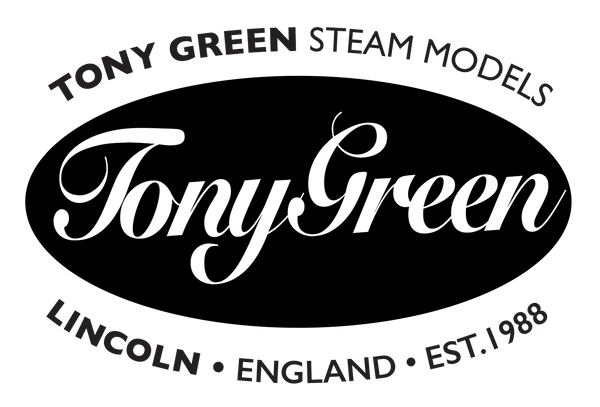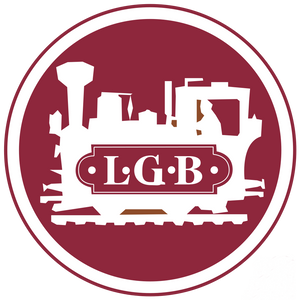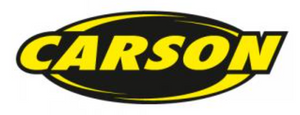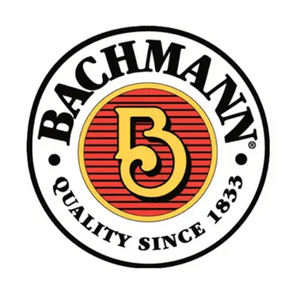1
/
of
5
Panzer 4 - 950 PCS - B0161
Panzer 4 - 950 PCS - B0161
Regular price
£54.25 GBP
Regular price
Sale price
£54.25 GBP
Unit price
/
per
Tax included.
Shipping calculated at checkout.
Couldn't load pickup availability
Description
This model was created by Dr. Ruibin Zhang based on his Panzer III. Indeed, historically, the Panzer III and Panzer IV chassis exhibited many similar characteristics, being equipped with identical engines and transmissions. Apart from the accurately recreated shapes and slopes of the hull and turret, this 1:33 scale Panzer IV kit captures the essence of the original with its detachable Schürzen skirts. It also features a detachable hull top, allowing you to lift off the upper surface and reveal a detailed interior, including the driver’s position, transmission, and engine compartment. Perfect for enthusiasts and collectors, this model offers a hands-on opportunity to explore and appreciate the mechanical ingenuity that powered one of history’s most formidable tanks. With 950 pieces, this building project isn’t just assembly—it’s an immersive dive into the fascinating evolution of WWII tank technology.
A Brief History of Panzer IV Tanks
The Panzer IV, often referred to as the “workhorse of the German Army,” was the only German tank to have a service life spanning all of World War II. As the Panzer III becoming outclassed by its adversaries in terms of armour and armament, it was the Panzer IV that took the responsibility of serving as Germany’s main medium tank from 1942-onward. From the Ausf. F and G variants armed with the L/43 to the later H and J versions equipped with the slightly-longer L/48 cannon, the Panzer IV was capable of defeating the armour of all but the heaviest Allied and Soviet tanks up until the end of the war.
The design of the Panzer IV throughout all of its versions was straightforward and reliable. The medium tank used leaf spring suspension, which was simple to manufacture, easy to maintain in the field. Being an interwar design, the hull armour plates are mostly unsloped/vertical, with the sides of the hull’s upper superstructure extending over the tracks in the form of sponsors. This characteristic of the Panzer IV was a major contributor to its long service life, as the wider upper hull allowed the turret ring to have an increased diameter, which in turn made it possible to mount the long-barrelled 75mm cannons as the war progressed. The Panzer IV was also able to serve as a versatile platform on which anti-aircraft vehicles, armoured recovery vehicles, and self-propelled guns could be built.
While all versions of the Panzer IV saw production throughout the entire war, the Ausf. H variant stood above all the others as the most-produced version, with 3,774 tanks being manufactured between April 1943 and July 1944. This was because the Panzer IV H was generally regarded as the “best” version of the tank, as it had the greatest armour protection while maintaining the most useful features out of all the variants. While all the Panzer IV variants were superficially similar in appearance, the H version had a few distinguishing features. First was the single-piece 80mm upper frontal hull plate, where the driver’s viewport and bow machine gun were positioned; Second was the single-piece round hatch on top of the commander’s cupola on the turret, which opened up to the left; The final major distinct feature of the Ausf. H was the inclusion of solid steel Schürzen spaced armour skirts on the hull sides and around the turret. These skirt plates were 5mm thick on the hull sides and 8mm thick around the turret, which were primarily intended to provide protection to the Panzer IV’s thinner side and turret rear armour from Soviet anti-tank rifles.
A Brief History of Panzer IV Tanks
The Panzer IV, often referred to as the “workhorse of the German Army,” was the only German tank to have a service life spanning all of World War II. As the Panzer III becoming outclassed by its adversaries in terms of armour and armament, it was the Panzer IV that took the responsibility of serving as Germany’s main medium tank from 1942-onward. From the Ausf. F and G variants armed with the L/43 to the later H and J versions equipped with the slightly-longer L/48 cannon, the Panzer IV was capable of defeating the armour of all but the heaviest Allied and Soviet tanks up until the end of the war.
The design of the Panzer IV throughout all of its versions was straightforward and reliable. The medium tank used leaf spring suspension, which was simple to manufacture, easy to maintain in the field. Being an interwar design, the hull armour plates are mostly unsloped/vertical, with the sides of the hull’s upper superstructure extending over the tracks in the form of sponsors. This characteristic of the Panzer IV was a major contributor to its long service life, as the wider upper hull allowed the turret ring to have an increased diameter, which in turn made it possible to mount the long-barrelled 75mm cannons as the war progressed. The Panzer IV was also able to serve as a versatile platform on which anti-aircraft vehicles, armoured recovery vehicles, and self-propelled guns could be built.
While all versions of the Panzer IV saw production throughout the entire war, the Ausf. H variant stood above all the others as the most-produced version, with 3,774 tanks being manufactured between April 1943 and July 1944. This was because the Panzer IV H was generally regarded as the “best” version of the tank, as it had the greatest armour protection while maintaining the most useful features out of all the variants. While all the Panzer IV variants were superficially similar in appearance, the H version had a few distinguishing features. First was the single-piece 80mm upper frontal hull plate, where the driver’s viewport and bow machine gun were positioned; Second was the single-piece round hatch on top of the commander’s cupola on the turret, which opened up to the left; The final major distinct feature of the Ausf. H was the inclusion of solid steel Schürzen spaced armour skirts on the hull sides and around the turret. These skirt plates were 5mm thick on the hull sides and 8mm thick around the turret, which were primarily intended to provide protection to the Panzer IV’s thinner side and turret rear armour from Soviet anti-tank rifles.
- 950 pieces plus additional spare bricks.
- Scaled around 1:33 with high accuracy in proportion and great attention to detail.
- Dimensions: L 18 x W 8.8 x H 13.4cm.
- Simple interior structures such as seats, the transmission and the engine.
- Working suspension.
- User-Friendly Modular Design: Open-up design allows removing of the turret and part of the hull to explore the interior structure.
- Balkenkreuz and tank number stickers included.
- Fully compatible with LEGO® bricks.
Share






















